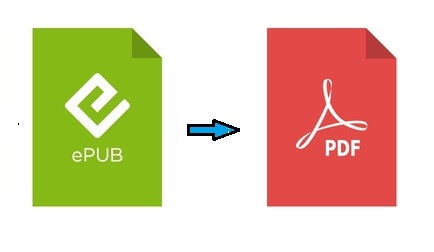How to Move Linux Files With the Mv Command

Linux is a versatile operating system that allows users to perform various tasks with ease. One common task is moving files. The easiest way to move files in Linux is by using the ‘mv’ command. The ‘mv’ command is a file command used to move files or directories in Linux. In this article, we will show you how to use the ‘mv’ command to move files in Linux.
The mv command syntax is fairly simple, as shown below:
mv [options] SOURCE DESTINATION
In the command above, SOURCE represents the file or directory you want to move while DESTINATION represents the new location where you want the file or directory moved to.
For example, let’s say you have a file named ‘file.txt’ in the home directory and want to move it to a new directory called ‘Documents.’ To do this, you would use the command below:
mv file.txt /Documents
If you want to move a directory instead of a file, you can do the same thing, only by using the -r option to specify that you want to move the directory recursively. For example, if you had a directory named ‘test’ in the home directory and wanted to move it to the Documents directory, you would use the command below:
mv -r test /Documents
The ‘mv’ command can also be used to rename files. To rename a file, you simply move the file to a new name. For example, to rename ‘file.txt’ to ‘newfile.txt’, you would use the command below:
mv file.txt newfile.txt
The ‘mv’ command also has some useful options. For example, the ‘-i’ option prompts you for confirmation before overwriting an existing file. This is especially useful if you are moving or renaming a file that already exists in the destination directory. To use this option, simply add the ‘-i’ option to the command line, like this:
mv -i file.txt /Documents
The ‘-v’ option can be used to display verbose output during the file move operation. This is useful for keeping track of exactly what is happening during the move operation. To use this option, simply add the ‘-v’ option to the command line, like this:
mv -v file.txt /Documents
In summary, the ‘mv’ command is a simple but powerful way to move files in Linux. It allows users to easily move, rename, and overwrite files and directories. By using the various options available with the ‘mv’ command, you can make the move operation even more flexible and precise. With this knowledge, you can now easily move files in Linux using the ‘mv’ command.






